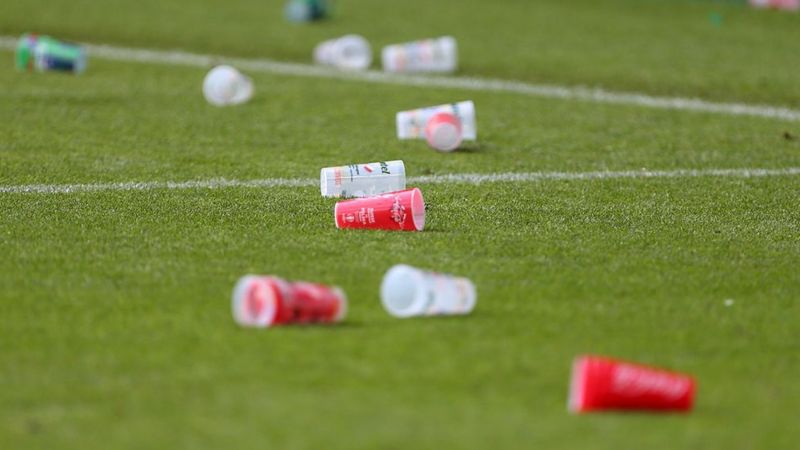
According to organizers of the 2020 Superbowl, the average NFL game creates 80,000 pounds of trash, a number that can double during the Superbowl. Much of this trash is plastic.
How much plastic, you may ask? This article will help you understand how much plastic waste stadiums in the U.S. create. We’ll also explore how stadiums can address this plastic waste to lower their environmental impacts.
Table of Contents
Types of Plastic Waste Found in Stadiums
The Scale of Plastic Waste in Stadiums
Perspective: How Much Plastic Waste Is This?
Plastic Cup Waste Generated from NFL Games
Plastic Cup Waste Generated from Concert Events
Totals: Plastic Cup Waste Generated in U.S. Stadiums
How Can Stadiums Reduce Plastic Waste?
Types of Plastic Waste Found in Stadiums
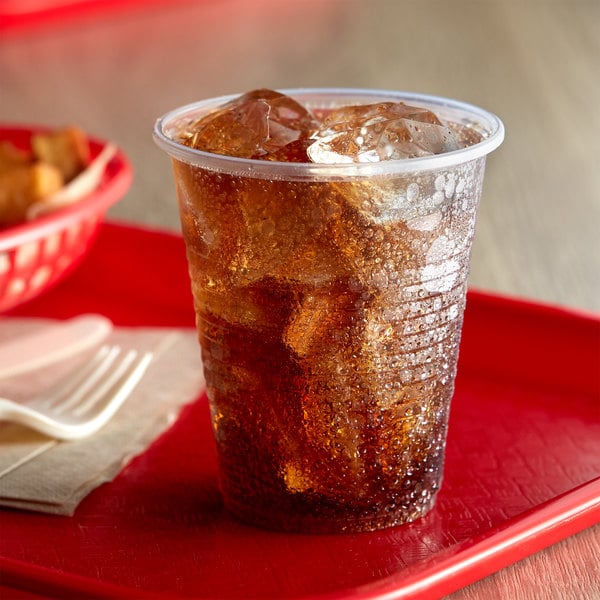
Despite their known environmental impact, single-use plastic cups and containers are still the go-to for serving food and drinks at stadium events. Here are the three main types of plastic used in stadiums today:
Polypropylene (PP) Plastic Cups
Plastic cups are often used in stadium events to serve beverages such as beer and soda that don’t come in a can. This type of plastic cup is commonly made out of polypropylene plastic or “PP”, since polypropylene cups are cheaper and do not alter the drink’s flavor. While this type of plastic is one of the most recyclable, a lot of it still ends up in landfills and the ocean.
Polyethylene Terephthalate (PET) Plastic Water Bottles
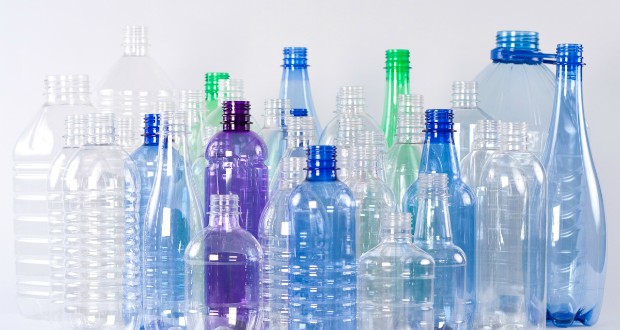
Aside from plastic cups, plastic water bottles are also commonly used in stadium events. These water bottles are mostly made out of Polyethylene Terephthalate plastic or “PET”. This type of plastic is best for single-use, since it is difficult to decontaminate for reusing. Plastic cups may also be made from PET. While PET plastic bottles are well-known for their convenience, many people are unaware that, in addition to having negative environmental impacts, PET plastic bottles and cups can harm human health.
PET plastic bottles are recyclable, but only approximately 25% of them are being recycled in the United States.
Polystyrene Plastic Food Containers
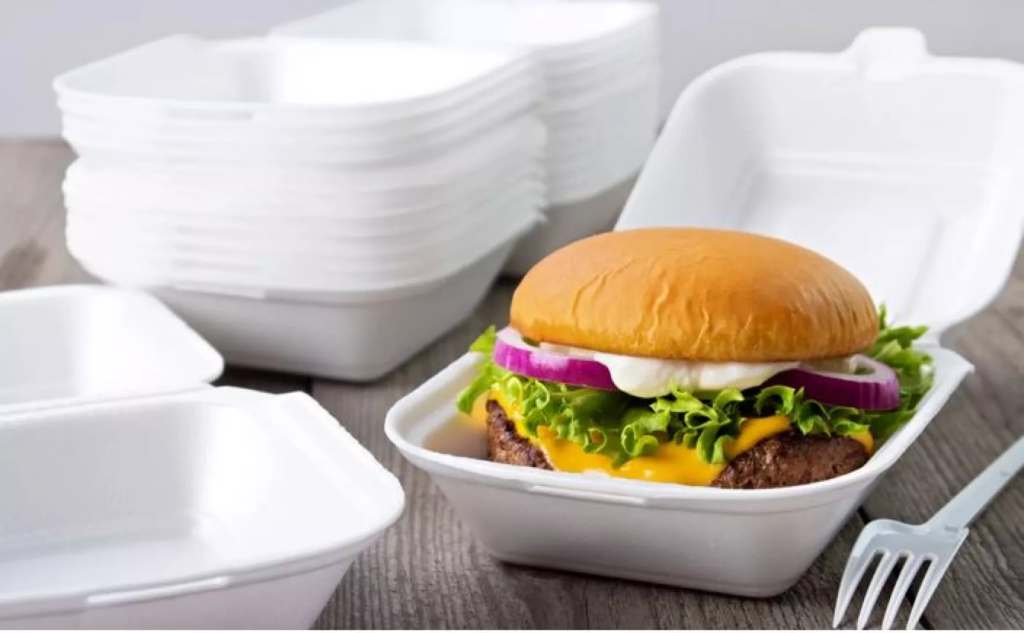
Plastic food containers are another type of plastic waste that can be usually found in stadium events. This type of food container is commonly made out of polystyrene plastic or “PS” – more commonly known as styrofoam. This type of plastic is lightweight and easy to use, and thus perfect for food take-out in the stadium. However, polystyrene is one of the most hazardous types of plastic for humans and the environment for three main reasons:
- Due to its ultra-lightweight characteristic, PS plastic food containers break easily, allowing PS particles to spread into the environment. When polystyrene ends up in landfills, it spreads out and can mix directly into the environment, such as into water bodies like rivers and oceans. Aside from that, PS plastic particles can also migrate into the food we put into PS food containers.
- Polystyrene plastics can risk human health by contaminating the food with styrene, a type of carcinogen that can migrate into our food from the container. This occurs usually when the food is too hot.
- Polystyrene plastics are usually referred to as non-recyclable materials. Do you know that 35% of landfills in the U.S. are consumed by PS plastics? This is because even though there is already equipment that recycle PS plastics, its availability is quite limited and the PS recycling process is not cost-effective.
The Scale of Plastic Waste in Stadiums
Stadiums are multi-purpose. For example, while we think of AT&T stadium in Dallas as the home of the Cowboys, it’s actually also the home of massive concerts, rallies, and various other events.
Most stadiums host:
- Sporting Events
- Concerts
- Car racing
- Rallies
- Other
Here’s a breakdown of a typical NFL stadium, AT&T stadium:
| Event | Avg. Attendance per Event | Number of Events per Year | Yearly Attendance |
| Football Games | 93,421 | 8.5 | 794,078.5 |
| Concerts | 47,830 | 5 | 239,151 |
While AT&T is a larger-than-average stadium, the average U.S. stadium receives around 651,659 attendees at football games and concerts every year. If we assume each attendee uses an average of 1 plastic cup at a single event, then over the course of a year, a single stadium in the U.S. uses an average of over 650,000 cups at football games and concerts alone… That’s a lot of plastic. We’ll break down these numbers in the next section.
Perspective: How Much Plastic Waste Is This?
Let’s break down how much plastic is used at stadiums in the U.S. visually.
Plastic Cup Waste Generated from NFL Games
NFL games are the largest sporting events held in U.S. stadiums. Do you know that there are around 184 million NFL fans today? This makes the league the most popular sport in the United States. While we see U.S. stadiums as the home for each NFL team, each stadium is also home to a huge amount of plastic waste, especially during game days.
If we assume that each attendee uses an average of 1 cup per game, then…
Average number of plastic cups used per NFL game: 67,254 cups
Assuming these are 16oz cups, if you lines all those cups out on a football field (side by side like you would on a table), it would take up around 10% of a football field. Here’s that number visualized:
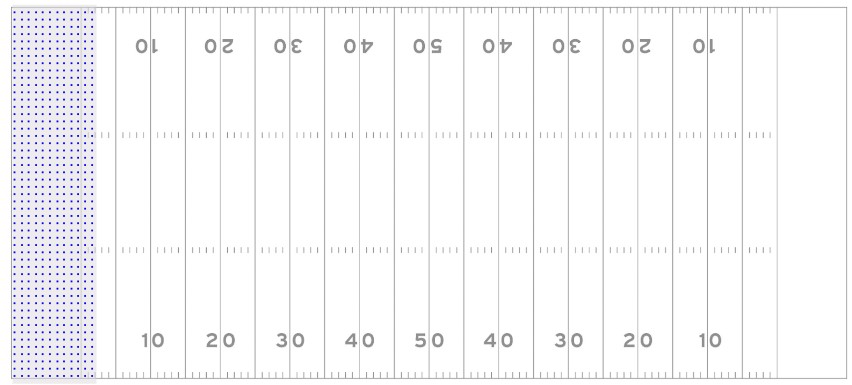
Average number of plastic cups used at a single average stadium in the entire NFL season: 571,659 cups. That’s enough to fill a little over 1 football field.
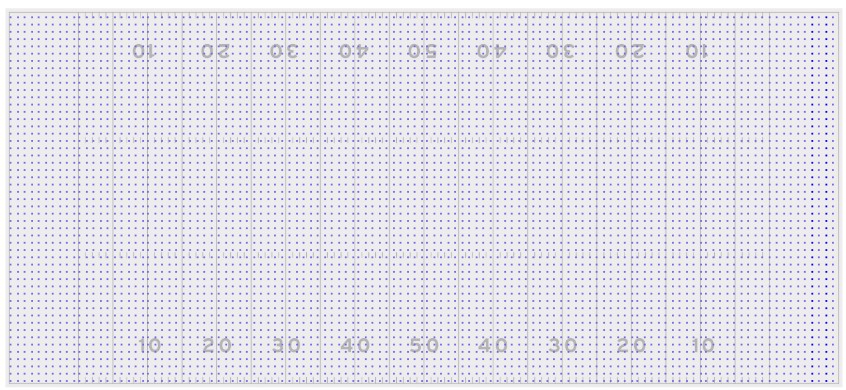
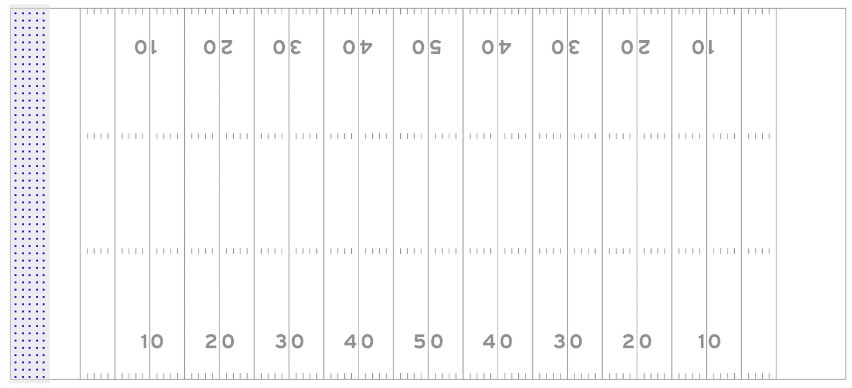
Average number of plastic cups used at all NFL games in a season: 18,293,088 cups. That’s enough cups to fill around 33 football fields!
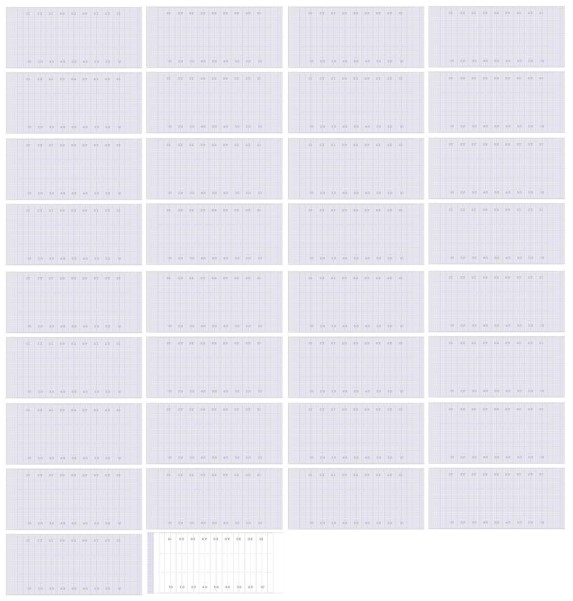
Plastic Cup Waste Generated from Concert Events
Aside from NFL games, U.S. stadiums also hold big concert events throughout the year, which also generate plastic waste.
Average number of plastic cups used per average stadium concert: 40,000 cups. That’s enough cups to fill around 10% of a football field.

Average number of plastic cups used at a single average stadium for a year’s worth of concerts: 800,000 cups. That’s enough cups to fill almost 1 and a half football fields.

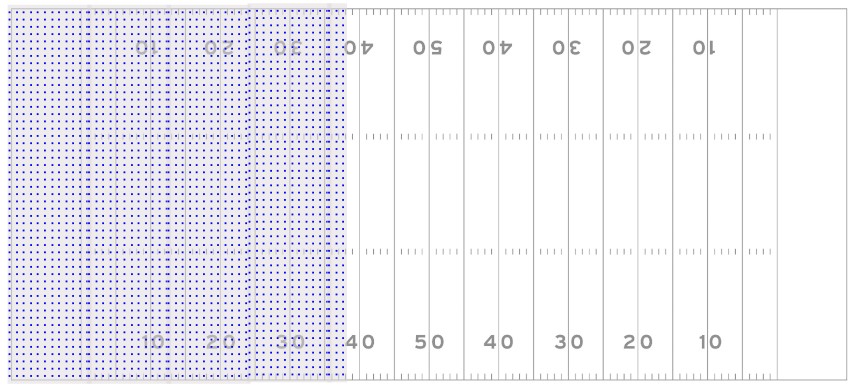
Now for a specific example: AT&T stadium, the third-largest NFL stadium in the U.S., hosted five big concerts in 2018. Each of these concert events generated approximately 47,830 plastic cups. This is equivalent to 239,151 plastic cup waste in a single year. If we collected all the plastic cups used in 2018 for concerts at AT&T stadium, the plastic cups would fill around 40% of AT&T’s football field.
Number of plastic cups used for concerts at AT&T Stadium in 2018: 239,151

Totals: Plastic Waste Generated in U.S. Stadiums
Finally, let’s take a look at the plastic waste generated in U.S. stadiums for all events.
The number of stadiums in the U.S.
There are around 400 multipurpose stadiums in the U.S., although many of these are quite small, don’t host events regularly, or don’t host public events.
The NFL has 30 stadiums, but only 3 have a base capacity of more than 80,000 people. These stadiums, the three largest in the U.S., are:
- MetLife Stadium, home of the Giants & Jets (Capacity 82,500)
- Lambeau Field, home of the Packers (Capacity 81,441)
- AT&T Stadium, home of the Cowboys (Capacity 80,000)
Here’s how much plastic the average U.S. stadium that hosts around 300 events per year produces:
Average number of plastic cups used in a single average stadium per month total (all events): 450,000 cups. That’s enough cups to fill around 80% of a football field.
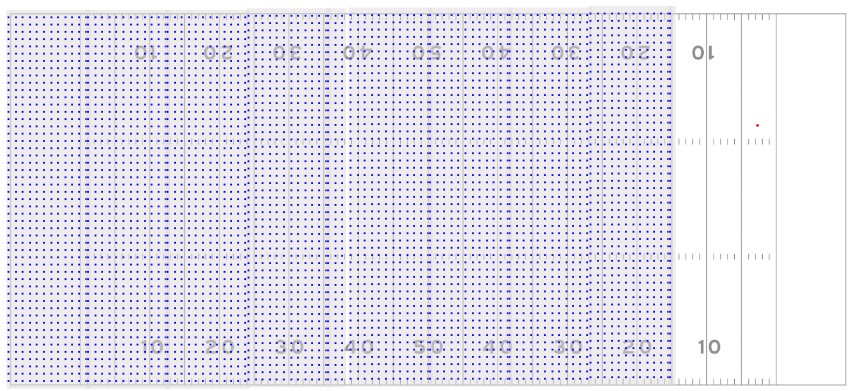
Average number of plastic cups used in a single average U.S. stadium per year total (all events): 5.4 million cups. That’s enough cups to cover over almost 10 football fields!
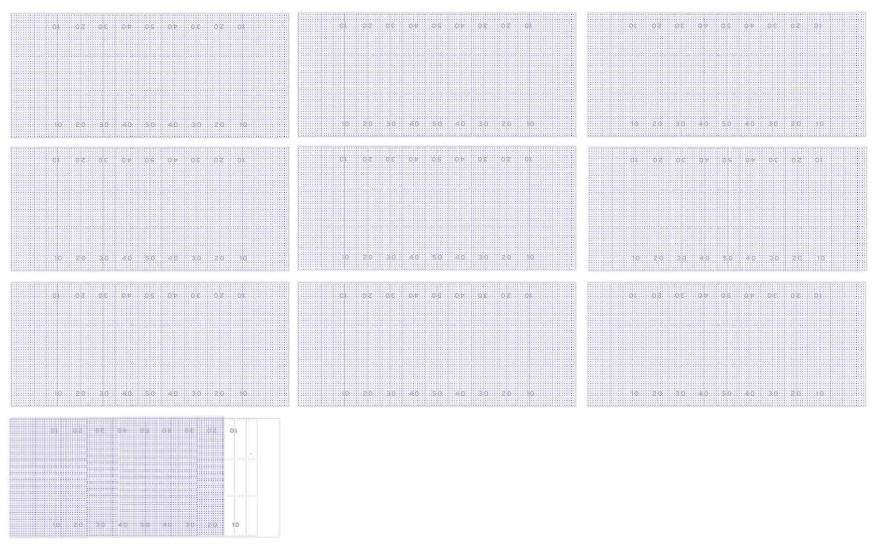
When you multiply these plastic cup numbers by the number of stadiums in the U.S., it’s clear that this is a huge amount of plastic use. An estimate of how much plastic cups all stadiums in the U.S. use each year comes to around 2,160,000,000 (2 billion, one hundred sixty million). This number doesn’t even account for the other uses of plastic in stadiums, such as food containers.
So, what are stadiums doing to reduce this plastic waste?
How Can Stadiums Reduce Plastic Waste?
There are several alternatives to disposable plastic cups, such as bioplastic, aluminum single-use cups, and even reusable cups. In an effort to increase sustainability, many stadiums have begun considering and implementing these alternatives.
For example, in 2019. Ball Arena in Denver, Colorado, became the first major professional sports arena to switch to single-use aluminum cups instead of plastic. While aluminum is, as Ball Arena states, “infinitely recyclable,” a 2021 report found that single-use aluminum cups are actually extremely carbon-intensive. Compared to single-use plastic options, creating single-use aluminum cups uses 46% more energy and 86% more carbon dioxide. While aluminum is easier to recycle, stadiums must keep sustainability issues besides recycling in mind as well.
The most sustainable option is switching to reusable stainless steel and reusable polypropylene cups. However, these cups must be reused 6 times in order to actually be a more sustainable option than disposable cups, which means that in order to make a true impact on plastic waste, stadiums must create new systems to reuse these cups. Current expert recommendations suggest that venues and event companies should begin shifting towards reusable cups, particularly if they’re made from stainless steel, which can be used many more times than reusable plastic.
To learn more about plastic cups, read our sustainability comparison of different kinds of cups: Cups: Single Use (Disposable) vs. Reusable – An Honest Comparison
